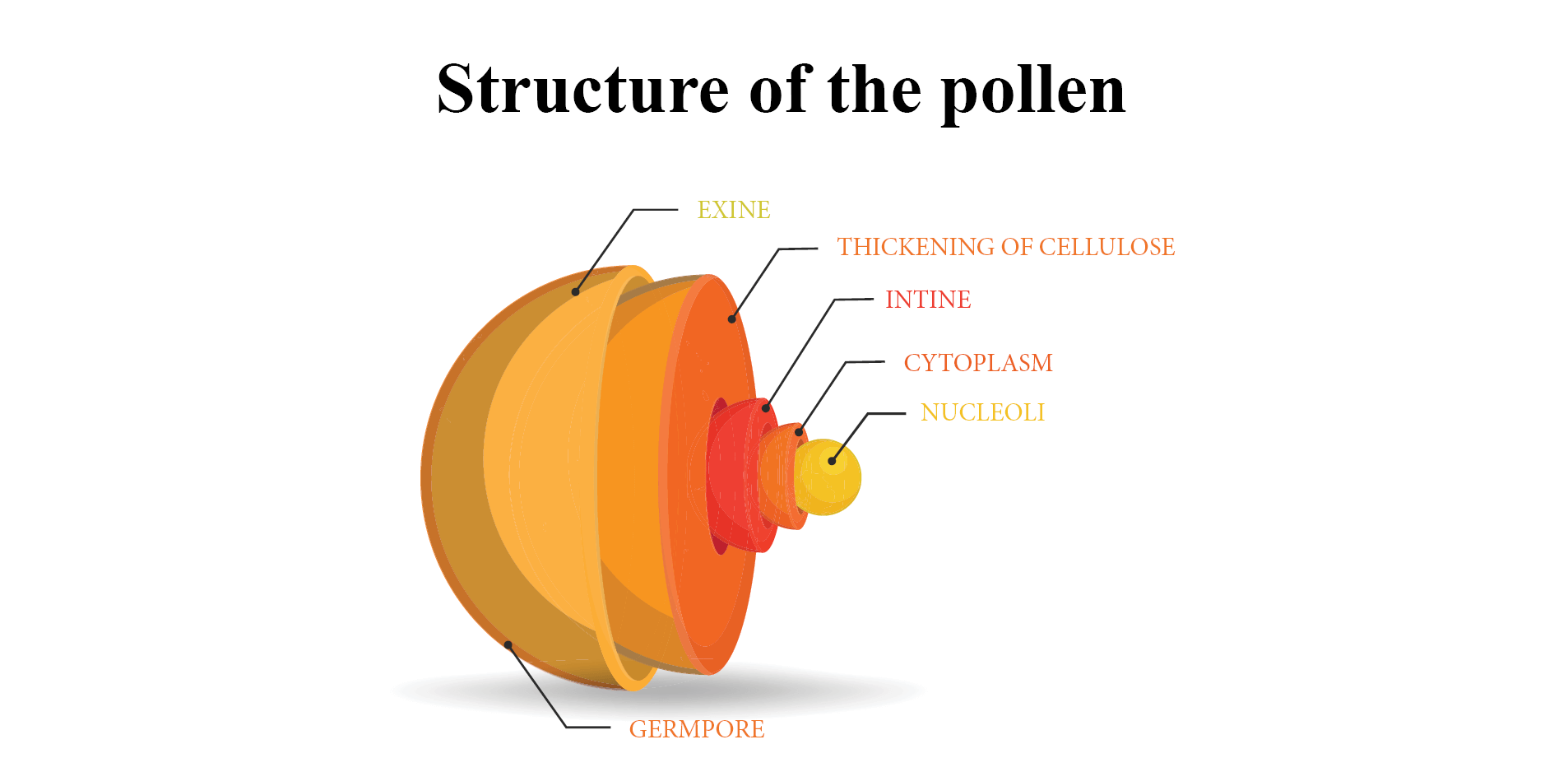by Allergy Partners
May 1, 2023
How a Storm Can Affect Your Allergies

Allergy severity can fluctuate within a pollen season
Pollen is a major source of outdoor allergy symptoms and its level can be affected by wind, humidity, rain storms, and weather temperature.
The pollen grain is made up of a few layer. The outermost layer of the pollen grain protects itself against degrading, and the innermost layer contains the pollen allergy proteins. Pollen grains are released from the plant when there is a decrease in humidity sensed by the plant.
Pollen levels are lower in the morning with the dew and humidity, and increase during the day. For example, ragweed pollen peaks around noon.
Rain is another big factor for pollen levels. Storms with a steady rainfall of small droplets will wash the pollens out of the sky, which is a phenomenon called “scrubbing.” Larger droplets are less effective at this.
Pollen grains burst when they are exposed to water, and this releases more of the core inner allergen within the pollen grain. This can even occur in thunderstorms when pollens are taken via updrafts of wind to the clouds and burst with the moisture from clouds.
Later, downdrafts of wind will bring even more pollens near the ground. That is a main reason why allergies can flare after a rainstorm and even cause asthma exacerbations.
It is important to understand your allergies in order to feel your best. Reach out to your local Allergy Partners allergist for more information about your allergies and how to feel your best no matter the weather conditions.
